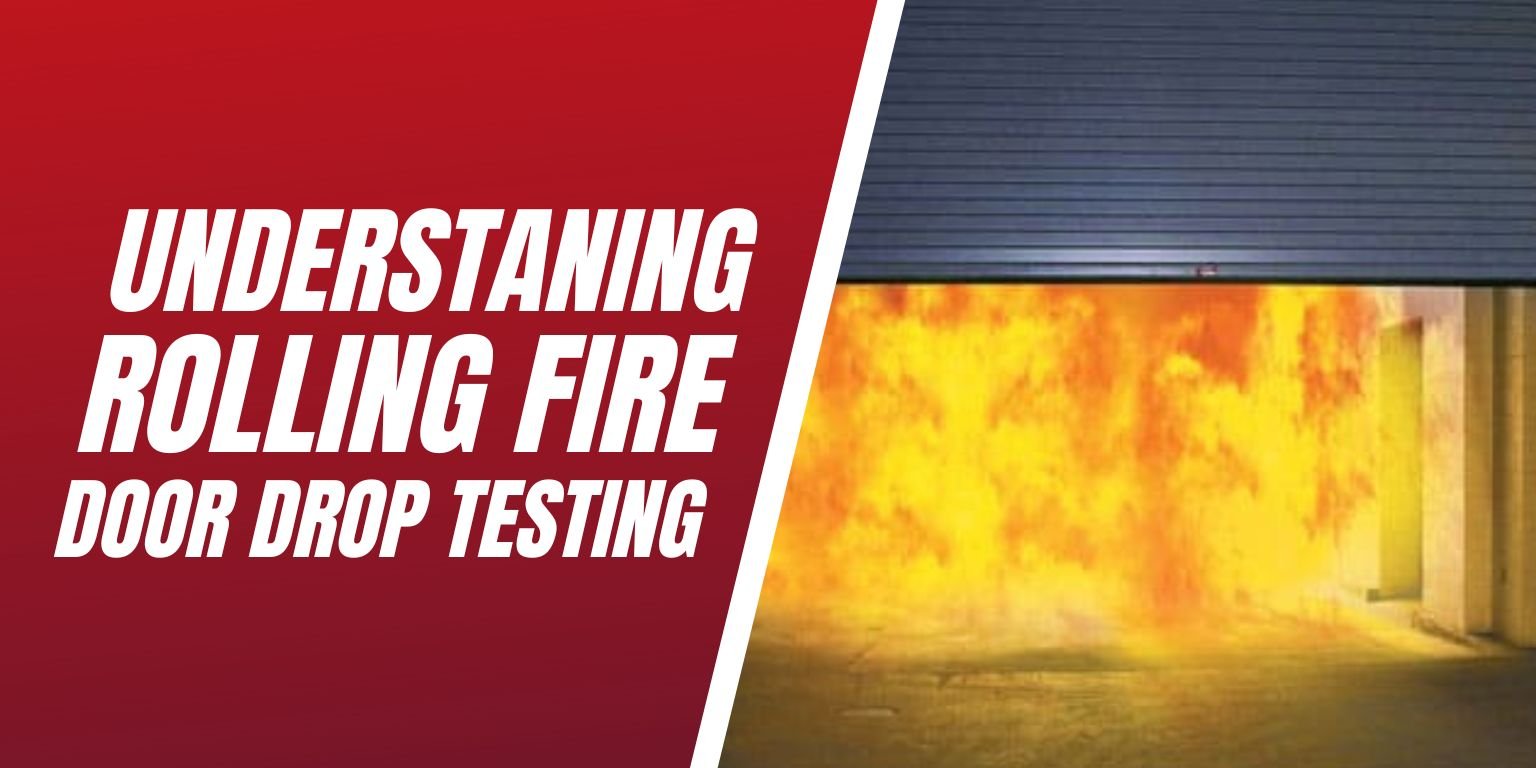
What Is the Drop Test?
Fire door drop tests occur in two distinct steps.
Step One: Inspectors will simulate the conditions necessary to trigger the fire door to operate. This involves the fire door shutting properly and ensuring the door doesn’t suffer any damage due to severe heat while not letting any toxic fumes get through.
Step Two: Once the functionality of the rolling fire door is confirmed, inspectors will then proceed to examine the doors return to its default state. This will be examined to ensure there are not any malfunctioning components to the rolling fire door that could hinder it from performing in the event of a fire emergency.
If you fail the test the first time, your Authority Having Jurisdiction (AHJ) typically provide a small grace period for repairs before another test. Abuse this privilege over and over though, and you may face more serious consequences.
How Are Drop Tests Performed?
- The first thing is to check that the door’s installation is correct. This means that the fire door should fit correctly within the frame, rather than poke out or not meet it all the way. Make sure that all the barrels and guides within the door line up, too.
- Next, an inspectors will check to make sure that the fire rated label for your fire door is attached. Without this identification, your door will not get proper recognition as a fire door and fail the test.
- Then an inspector will ensure all the hinges are screwed in and that all the other mechanical components of the door operate and flow as intended. We’ll check the locks of the door for chips or breaks.
- They’ll inspect the fusible link (chain) and remove all grease or blockages to keep your door rolling properly. Swapping the fusible link out every year, as mandated by the NFPA, will help prevent unexpected jams.
- Next, they will make sure no bolts have detached in the guide assembly and that all pieces are snug. Any dents or cracks in the frame or body of the door should also be patched.
- Once that’s done, an inspectors will test-run the door a few times to make sure the tension of the door springs are not too loose. Otherwise, the door won’t properly snap shut, costing you precious seconds of safety in the event of a real fire.
If you have not yet arranged a rolling fire door drop test for your business, now is the perfect time. Whether you are a commercial facility, hospitality, healthcare, educational campus or industrial facility your overhead and rolling fire doors should be properly tested and inspected. In fact, an annual overhead and rolling fire door Inspection and drop test is required to ensure that your fire doors will close automatically in the case of a fire emergency.
LSS Life Safety Services: Stopping Fire Dead-On
Now that you know all about rolling fire door drop testing, you’re ready to let our inspectors do what we do best – keeping you safe and code compliant.
National Fire Protection Association standards NFPA 80 require business owners and property managers to have their rolling steel fire doors and sliding fire doors inspected and tested at a minimum once a year. It is important to keep all written documentation of these inspections and tests.
Contact Us Here or call us at 888-675-4519 to schedule an appointment.

